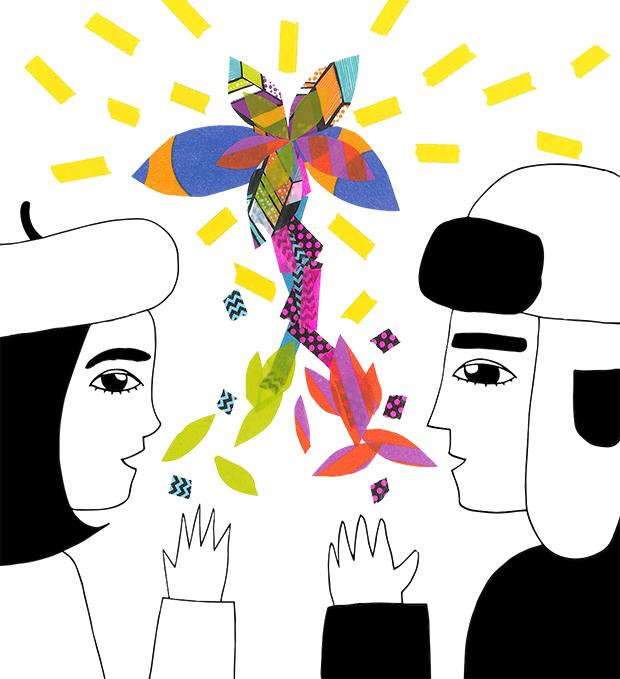Ideology, Access, and Status: Spanish-English Bilinguals in the Foreign-Language Classroom
Article Sidebar

Main Article Content
Spanish language teaching in US higher education is today generally divided between ‘foreign language’ courses for novice learners and ‘heritage language’ courses for Hispanic/Latinx students with some knowledge of the language. However, ‘heritage’ students are a linguistically diverse group, and are also often enrolled at institutions where heritage courses are not offered. Little research to date has studied ‘heritage’ speakers enrolled in ‘foreign’ language courses. For this study I conducted semi-structured interviews to explore the affective and ideological characteristics of bilingual students enrolled in elementary Spanish courses. As the literature suggests, I find that these students have a generally low opinion of their own performance in Spanish and a strong bias in favor of the standard language. Finally, in hopes of combating these notions and bridging the divide between heritage and novice learners, I contemplate ways in which students of diverse backgrounds can be included in the same language classroom.